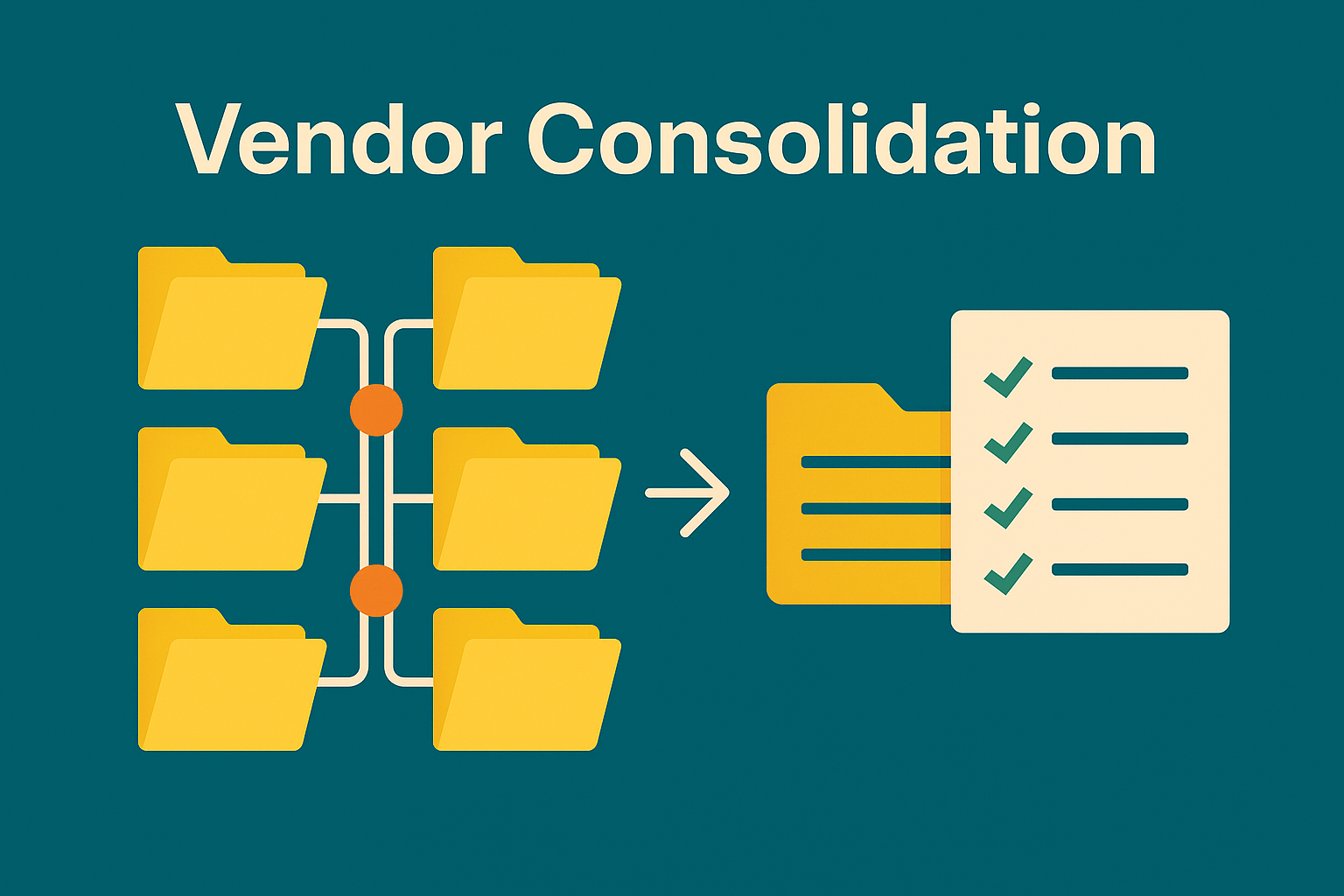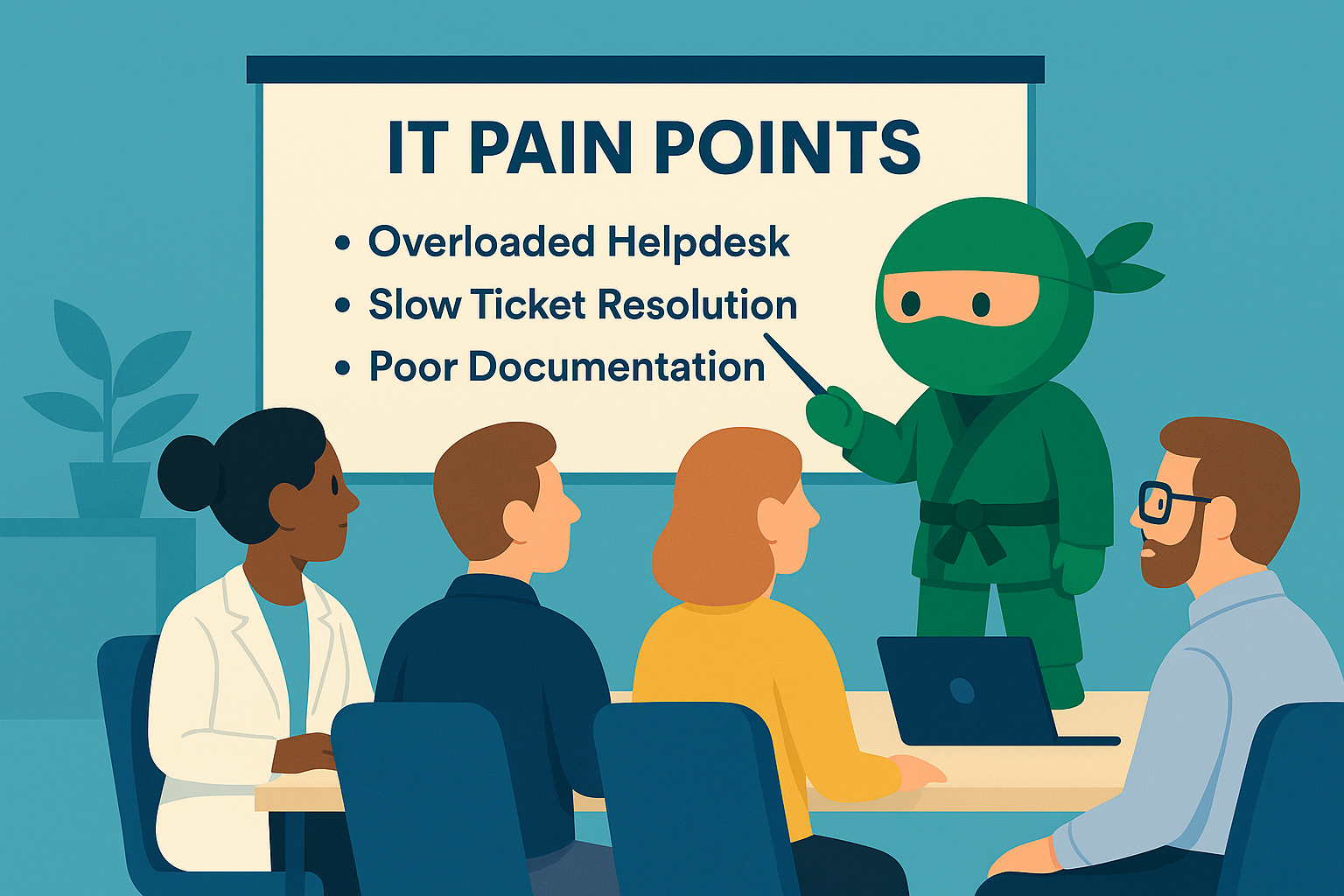One of the most common pitfalls we see in under-led IT environments is vendor overload. Walk into one of these organizations and you’ll often find the internal IT team spending most of their time managing vendor relationships instead of delivering value to the business. The environment becomes reactive, fragmented, and weighed down by overlapping services and bloated costs.
This typically happens when there is no central IT leadership guiding strategy and long-term planning. In an effort to save money or move quickly, different departments bring on vendors to solve isolated problems. Over time, the IT team becomes less of a strategic partner and more of a vendor management group – with individual team members juggling meetings, renewals, and support escalations across a tangled ecosystem of providers.
At Stelth, vendor consolidation is a core part of our vCIO strategy. It’s not just about trimming the list – it’s about creating a focused, efficient ecosystem of partners who align with your business and reduce operational drag.
Our Approach
We begin with a full vendor inventory and map each provider against their functional roles, service level, and cost. Often, we find two or three vendors providing similar services – backups, cybersecurity, monitoring, infrastructure support – each with their own contracts, tools, and account managers. This creates confusion, duplicative costs, and weak accountability.
Once we understand the landscape, we categorize vendors into three groups:
- Strategic Partners who align with long-term goals and deliver consistent value.
- Transactional Vendors who fill temporary or niche roles.
- Redundancies or Legacy Holdovers that no longer serve a clear purpose.
From there, we work with stakeholders to consolidate services into a smaller, more strategic set of partners. This often includes rebidding contracts, negotiating scope changes, and aligning service-level agreements (SLAs) across the stack.
The Benefits
- Reduced Cost: Consolidation nearly always lowers total vendor spend through volume discounts and elimination of duplicate contracts.
- Increased Focus: IT staff get time back to work on meaningful projects instead of chasing vendor support.
- Clear Accountability: With fewer providers, you gain better visibility into performance, SLAs, and issue resolution.
- Tighter Integration: Consolidated vendors often bring better platform integration, simplifying operations and improving outcomes.
Restoring IT Leadership
The real goal isn’t just to cut costs. It’s to restore the IT team’s ability to lead. By removing the noise of fragmented vendor interactions, we free up your internal resources to focus on strategy, innovation, and execution.
Vendor consolidation isn’t a quick win – it’s a strategic reset. Done right, it transforms IT from a reactive function into a forward-driving force.
If your environment feels overcomplicated, or if your IT team is stretched thin managing providers instead of building solutions, we can help. Let’s cut through the noise and build a vendor ecosystem that actually works for you.




